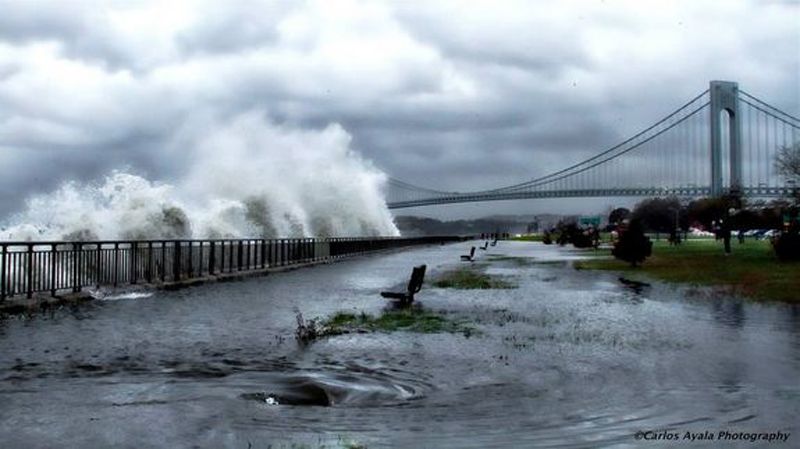Hacking the Planet: New Series Premiers on The Weather Channel

In the aftermath of Superstorm Sandy and its devastating impact on the East Coast, can robot ships or 1,000-foot-long drinking straws save humanity from hurricanes?
That's the question posed by the first episode of a new The Weather Channel Series, "Hacking the Planet," which will focus on the ways scientists are trying to weaken or redirect severe weather and other natural phenomena. The six-part series will premier Thursday, Feb. 28 at 8:00 p.m. EST.
The show will focus on geoengineering ideas that could help redirect lightning, weaken earthquakes and choke hurricanes in their tracks.
"It's fascinating to imagine a world where we could manipulate the planet's most powerful forces," Michael Dingley, The Weather Channel vice president of content and development, said in a statement. "If any of these experiments are successful, it's truly mind-boggling to think what that could mean for our future." [Natural Disasters: Top 10 U.S. Threats]
But while the ideas might be ready for prime time on The Weather Channel, their real world applicability remains unknown. Host and science writer John Rennie spends each week investigating various strategies and mulling over their plausibility with science comedian Brian Malow and science blogger Cara Santa Maria.
"A few centuries ago, few people could have imagined we'd be flying the skies," Rennie says in the series' first episode. "Who's to say that in another century, we won't be controlling them, too?"
"If we can cool the ocean two degrees, we can reduce the intensity of that hurricane from a Category 5 to a 3," he said. A Category 5 hurricane has wind speeds of 155 mph (249 km/h) or more, compared with 111 to 130 mph (179 to 209km/h) for a Category 3.
Sign up for the Live Science daily newsletter now
Get the world’s most fascinating discoveries delivered straight to your inbox.
Other strategies would focus on cooling the globe and combating Earth's warming that may make future hurricanes more formidable. Climatologist John Latham presents his idea of deploying unmanned ships into the North Atlantic to spew ocean spray into the atmosphere, puffing up the clouds to reflect more sunlight into space and hopefully cooling global temperatures.
Scientists admit these ideas seem extreme (and may come with unintended consequences), but say they're worth pursuing.
"I am not willing to say that all of this will always be crazy," meteorologist Hugh Willoughby says in the first episode. "I think we should look into this sort of thing."
For more on the series, visit the Hacking the Planet homepage.
Follow Stephanie Pappas on Twitter @sipappas or LiveScience @livescience. We're also on Facebook & Google+.

Stephanie Pappas is a contributing writer for Live Science, covering topics ranging from geoscience to archaeology to the human brain and behavior. She was previously a senior writer for Live Science but is now a freelancer based in Denver, Colorado, and regularly contributes to Scientific American and The Monitor, the monthly magazine of the American Psychological Association. Stephanie received a bachelor's degree in psychology from the University of South Carolina and a graduate certificate in science communication from the University of California, Santa Cruz.











